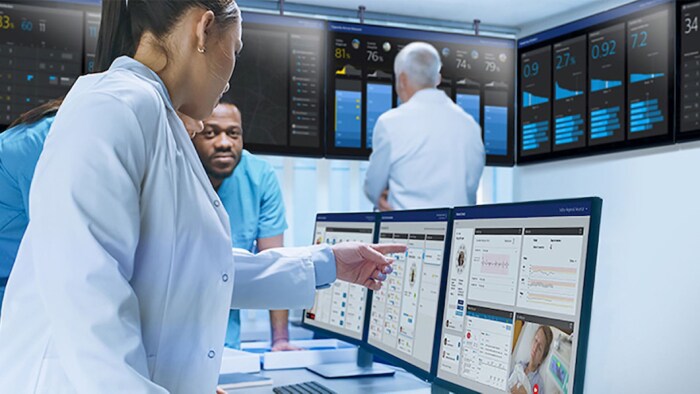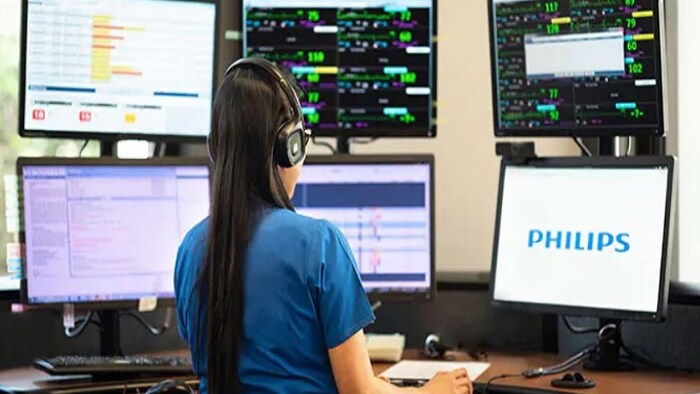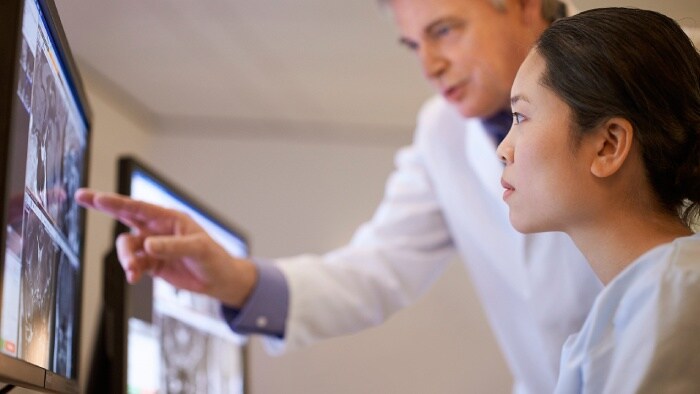Hospitals of the future: time for Singapore to have a re-design?


Oct 22, 2021 - reading time 5 mins
By Ivy Lai Country Manager, Philips Singapore Ivy Lai is the Country Manager for Philips Singapore. She is responsible for overseeing Philips Singapore’s transition strategy from a consumer electronics company to a leader in health technology.

Dutch architect Reinier de Graaf is one of a growing number of pioneers who are pushing for change in the way that hospitals are designed. His core philosophy is that developments in technology are changing the healthcare model to such an extent that the hospital building as we currently know it will soon be obsolete.

Our latest Future Health Index 2021 confirms that we are moving towards healthcare being more integrated into cities and communities, instead of housed within the four walls of a hospital building. Indeed, Singapore’s healthcare leaders expect that within just three years, as much as 45% of care outside the hospital would take place in the home, up from 19% today, which begs the question – is it time for Singapore’s hospitals to have a re-design?
Today’s technology enables moving care into homes and communities While we were already seeing the beginnings of decentralized care in Singapore before covid-19 hit, the adoption rate has definitely been accelerated by the pandemic. Remote consultations are now more commonplace to monitor the health of at-risk patients and tele-sensors are becoming more widespread in monitoring the conditions of patients with chronic diseases. Consequences for hospital design: The shift to decentralized infrastructure When more care is delivered in the community, there is an opportunity to rethink the form and function of hospitals themselves. During the pandemic, we saw elective procedures being diverted to make room for more pressing cases. One way hospital CEOs can address this is by enabling day surgery to take place in other locations. For example, it could soon be possible for a patient to have an operation in a fully equipped mobile lab closer to home. This is something that we’ve been successfully trialing ourselves during the pandemic. Last year in the Philippines we launched the Philips CT Cabin - a container converted into a functional and portable CT facility that can be placed in hospitals, just outside of them or even in a mobile environment like a truck, enabling healthcare professionals to perform diagnostic imaging procedures remotely. We launched this in direct response to the pandemic – to provide a safer space for healthcare professionals to use Diagnostic Imaging facilities, but this presents a route to take care into the community and a way for rapid capacity expansion in future too. Patient-centric hospital design Shifting aspects of care out of hospitals presents an opportunity for us to take a fresh look about what goes on within the hospital walls too. With fewer patients in the hospital, architects and health care organizations are incorporating principles of social design into the hospital environment . The size and layout of a room, bed placement, space allowance, and other factors are today part of the list of predictors of health outcomes. Reimaging hospital spaces to create healthier buildings can offer therapeutic benefits to both patients and their families. The core aspects of healthy buildings revolve around features such as daylight, views, good indoor air quality, acoustic and thermal comfort. For example, rooms that allow natural light to stream in help with recovery , while outdoor courtyards and other green, tranquil spaces might support mood and mobility. There is the opportunity to remodel what services are available to the patients that still need to come in to hospitals, too. Recently, Philips Ambient Experiences partnered with Disney to add new features to MRI machines that. allow young patients to choose lights, videos and sounds to be played inside the interior chamber of the machine to make the experience of having an MRI scan more fun and less scary for them. This in turn improves staff ability to perform the MRI procedure efficiently. This is how we should endeavor to deliver care – with the patient at the heart of it. We are at a point of change now. With the accelerated adoption of telehealth, it is time to rethink the traditional design of hospitals with people at the center of it. This will bring about higher productivity, more efficient processes and a better care experience for patients, family and staff. Exciting times ahead!
It is perhaps no surprise then that 40% of Singapore’s healthcare leaders say that they are currently prioritizing a shift to remote or virtual care, with a significant renewed commitment to telehealth. Our Future Health Index 2021 report also found that they will also increase investments in healthcare professional-to-patient telehealth from 11% today to 49% in three years.
This promises to bring care into the heart of communities, and right to people’s doorsteps. This has particular benefits for the one-fifth of Singapore’s frequent users of public healthcare services who are termed ‘frail’ – care services can be brought directly to them. At Philips, we have already been testing this concept with three mobile healthcare units, accompanied by nurses, in the Japanese city of Ina, where there is a rapidly aging population and a shortage of medical facilities and healthcare staff. In this pilot, the nurses examine the patient in person and then take advice from a doctor via video calls.
Singapore has taken the first step in this direction. The MOH Office for Healthcare Transformation (MOHT) has piloted programs to care for patients in their own home, with patients who “would otherwise have been hospitalized” by leveraging the expertise of hospital-based doctors, community nurses and digital tools such as remote monitoring devices. The pilot, which wrapped in September 2021, shows the dual benefits of offering more patient-centered care while also increasing bed capacity in hospitals.
The hospital of the future can be re-modelled as a scalable and modular network. As we no longer expect everyone to converge on one central building, it opens the possibility for the hospital of the future to be re-modelled structurally. We envision a hospital where healthcare is integrated into the city instead. This reduces the dependency of the whole healthcare system on supply chains and other external factors.
How will this come to life? Reiner de Graaf mused about whether “The hospital of the future (could) take your order, like a logistics centre, sorting and sending." In similar vein, looking into the future we believe staff in centralized centers will support patient flow and dispatch resources such as expertise, ICU beds and vital medical equipment to wherever they are needed. For example, the infrastructure will be designed such that ICUs in larger healthcare institutions will be connected to community hubs for efficient and accessible care.
About Future Health Index
The Future Health Index (FHI) is a research-based platform designed to help determine the readiness of countries to address global health challenges and build sustainable, fit-for-purpose national health systems.
Share this article
Topics
Read more about this topic
-
![Healthcare ramifications for an endemic virus | Philips]()
July 19, 2021
-
![AI: The Missing Puzzle Piece in Accelerating Clinical Decisions]()
February 05, 2021



